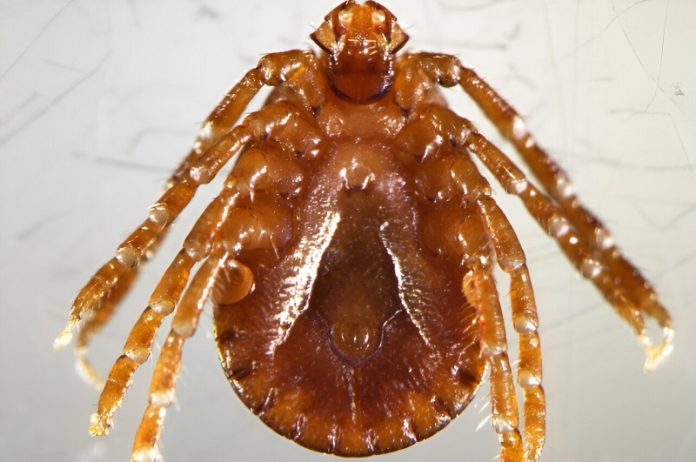
In Ohio, farmers are facing a new challenge, and it’s smaller than a pea but causing big problems.
A new type of tick, known as the Asian longhorned tick, has made its way to Ohio farms, and it’s been causing quite a stir.
These little critters have been found in such large numbers that they’re putting the health of livestock at risk—so much so that a few cattle have already died after the ticks feasted on them.
Researchers from The Ohio State University have been keeping a close eye on this problem.
They recently talked about these ticks in the Journal of Medical Entomology, highlighting that Ohio now has an established group of these pests. Their main focus right now is to figure out how to keep an eye on these ticks and manage them effectively.
These Asian longhorned ticks are a bit picky with their hosts, usually going after larger animals like cows and deer, and they haven’t been a big threat to people just yet.
Even when the researchers looked at hundreds of ticks from a farm, only a few showed signs of carrying diseases that could affect both animals and humans.
In other places, this tick is known to carry a disease that’s not so good for cattle, and there have been some cases of this disease reported in Ohio as well.
The tricky part about these ticks is how tough they are. Even after the farm used pesticides to try to get rid of them, the ticks came back the next summer.
Risa Pesapane, the lead researcher, says that these ticks are likely to spread all across Ohio and will be a problem that farmers have to deal with regularly.
While many tick-killing products do work against them, managing their numbers is hard because there are just so many of them, and they keep coming back.
These particular ticks originally came from East Asia and were first found in the U.S. in New Jersey back in 2017. Pesapane, who studies diseases carried by ticks, guessed that it was only a matter of time before they’d show up in Ohio because they were already close by in West Virginia.
She was right. The first one turned up on a stray dog in 2020, and then on a cow in 2021.
Things got serious when a farmer found that three of his cattle had died after being covered in ticks. Pesapane explained that one of the cattle was a big, healthy bull, and for ticks to take him down, there must have been tens of thousands of them.
It gets worse. When Pesapane and her team went to check out the farm, they collected about 10,000 ticks in just an hour and a half. She thinks there could have been over a million ticks in that pasture.
The problem with these ticks is they can have babies without mating, with one female tick laying up to 2,000 eggs. That means their numbers can grow super quickly.
These ticks are also sneaky. They can hide in grass and other plants, so they don’t always get hit by pesticides that are meant to kill them.
Pesapane suggests that the best time to try to control these ticks is early in the season before they lay eggs, which can help stop their numbers from growing too fast. But she also says that using sprays alone won’t fix the problem—it’s going to take a bunch of different methods.
Right now, the research team is hustling to learn more about these ticks and to create guides and policies to help farmers and others who might be affected. They think that checking animals for ticks regularly and treating them with medicine to kill the ticks could stop them from spreading too far.
This tick invasion is a serious matter, and experts are doing their best to understand and fight back against these tiny yet mighty pests.
Follow us on Twitter for more articles about this topic.



